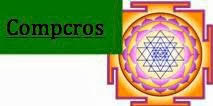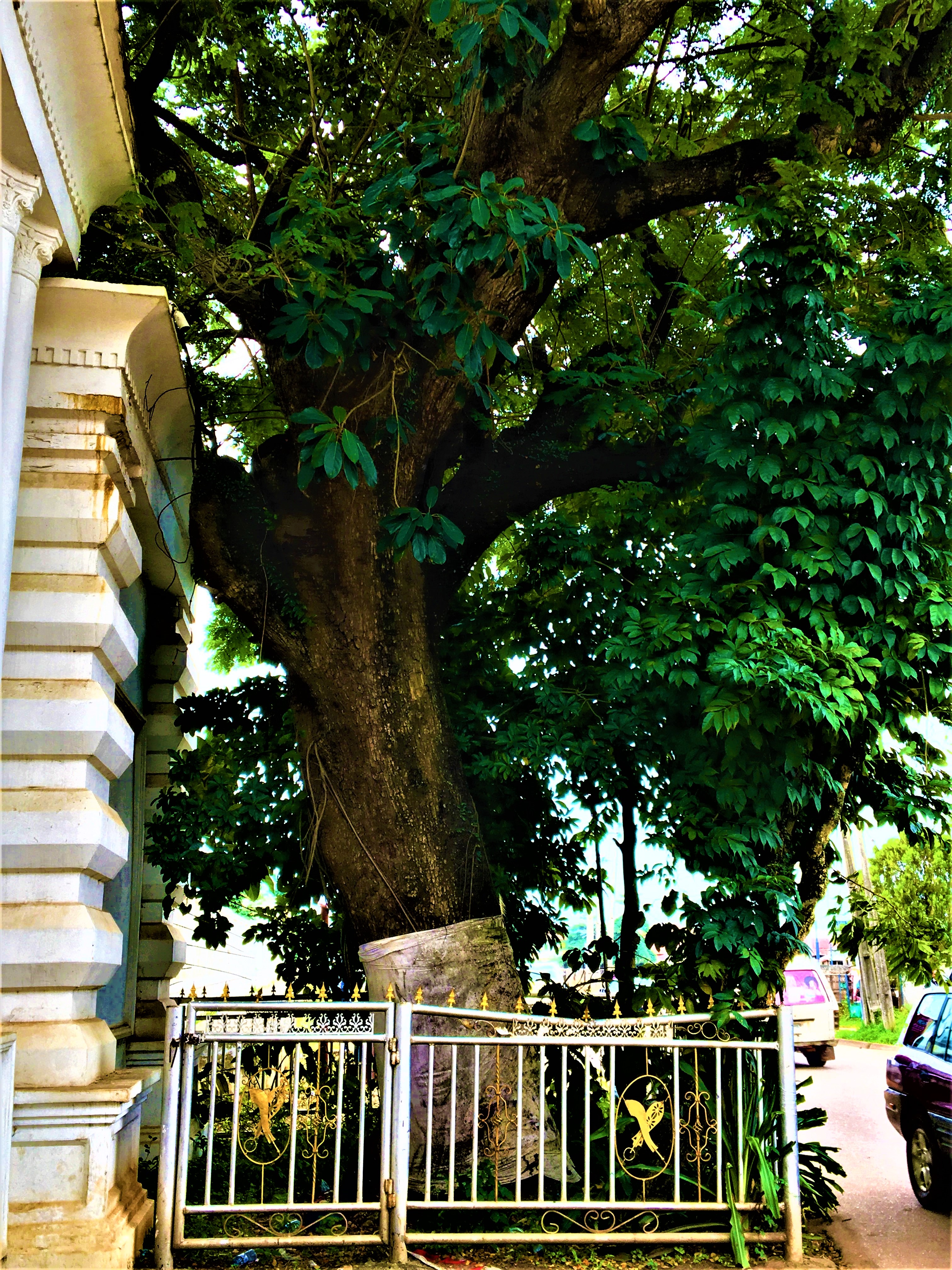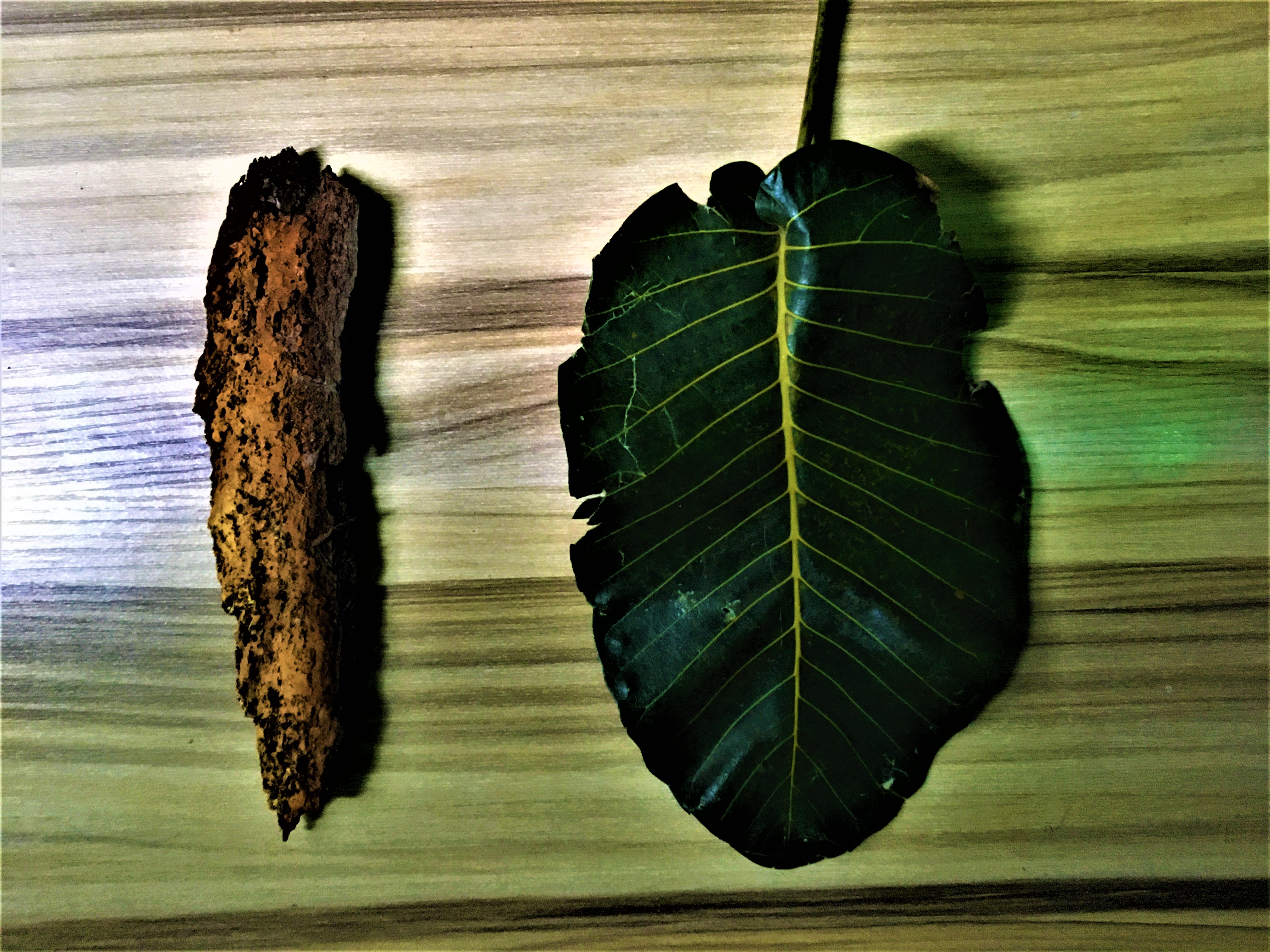Ọkha, Ikhinmwin and Iroko: Intersections Between Beliefs in the Spirituality of Trees and in Witchcraft in Benin Thought: Realities, Questions, Prospects 4
Oluwatoyin Adepoju

Oluwatoyin Vincent Adepoju
Abstract
A first-hand account of relationships between beliefs in the spirituality of trees and in witchcraft in the traditional thought of the people of Benin-City, Nigeria, in conjunction with questions about these ideas and the creative possibilities they may suggest, presented through accounts of my encounters with various trees and culture bearers in Benin-City, correlated with other examples of ecosystemic spirituality.
The visual force of trees, specifically the ọkha, ikhinmwin and iroko, among the most significant arboreal forms in traditional Benin spirituality, is projected through pictures taken and edited by myself at times suggesting their aesthetic power, their atmosphere shaping character and evocative potencies, images aligned with commentary describing their cultural significance and my responses to their inspirational force. The pictures were taken using an iPhone 6s and edited on an HP laptop.
I could not use all the images I would have liked to employ for this essay on account of the limitations of Google Mail, my primary template for essay composition. The essay is also complemented by videos I made and by many other pictures I took, which, ideally, should be referenced in the essay, linking to the online locations of these video and image libraries, a comprehensive mapping of my discoveries which I intend to present with time.
Ethics of Spiritual Practice of Chief Ebengho and his Son Osarobor

Majestic Ikhinmwin at the Main Gate of the Palace of the Oba of
Benin
The ọkha, ikhinmwin and iroko are among the most significant trees in traditional Benin spirituality, with the ikhinmwin seemingly generally understood as the first of trees, both temporally and spiritually.
The strategic significance of the
ikhinmwin is indicated by its
position at the main entrance to the palace known as urho-ikpere, meaning, ''a gate ushering good fortune and prosperity to the palace and Benin-Kingdom,'' as described by Honourable Benjamin Omuemu, the palace librarian.
The white cloth of purity
is tied round the ikhinmwin tree, stained by sacrifices performed at the location. The significance of the tree is also evoked by the elegant
fence within which it is enclosed, the fence's ornate design in silver and gold topped by gold plated spikes, the entire structure marked by the royal symbols of
authority, the criss-crossing ada and eben, shaped in gold.
''The
ikhinmwin tree is inseparable from the main gate to the palace of the Oba of Benin as the gate is inseparable from the tree,'' as quoted of one of the priests of the palace by Honourable Benjamin Omuemu, the palace librarian, in my discussion with him on the
significance of the tree.
The
ikhinmwin is used in Benin culture as a marker of boundaries between plots of land, as a means of spiritual protection and cleansing and an attractor of well being. As stated at the Iyasẹ N'ọhẹnmwẹn Family blog:
The ‘Ikhimwin’ tree is believed to be the first and the oldest tree according to Bini myth. It’s regarded as the king of all trees upon the surface of the earth. Always planted as [a] boundary tree for centuries, because of its long lasting [life] and resistance to any kind of weather conditions and is also used when serving ‘Osagbaye’ (God's existence) [in] the initial ritual made to “Osanobua” (God) prior to worshipping.
It is also
believed to ward off evil and has medicinal contents used in the treatment of
fertility problems in women. Every Benin person is expected to plant this tree
in their compound to signify it as igiogbe
[ the principal house where a Benin man lives]. A unique tree indeed!
The ikhinmwin tree's location at the main gate of the palace of the Oba of Benin indicates its position there as a nexus between matter and spirit, a point of intersection of the vitality of nature and the creativity of spirit in the continuum between vegetative matter and the spectrum of existence.
It's character as a multidimensional gateway, located at the entrance to the palace of the Oba, may be seen as attracting to the palace, and the entirety of Benin as represented by that palace, the protection and well being the tree is understood as drawing to a place where it is planted as the first of trees, pre-eminent above all others, as Honourable Omuemu's summation on the
ikhinmwin's power and significance may be paraphrased and expanded.
These spiritual properties are emphasized through the many sacrifices, ritual procedures for relating with spiritual powers, performed at the gate during the festivals of Ugieoro and Emobo, festivals in which the Oba and his chiefs perform ceremonies at the gate, as described by Benjamin Omeumu.
A conglomeration of spiritually potent trees, located in various sections of Benin-City, suggesting a network of possibilities, perhaps a matrix of power representing the city as a convergence of potencies which those awake to their nature and capable of relating with them may take advantage of.

''I do know how one may enter into that affiliation,'' Ebengho corroborated, ''but I cannot tell you beceause I don't know the contents of your heart,'' he concluded. ''Such powers as are demonstrated by the Powers of the Night may be used for evil and I would need to know of your deeper orientations in order to share such knowledge, '' he added. ''I understand my calling as a divine service,'' Ebengho had told me in our first discussion, ''therefore even though I house and maintain mini-shrines for others inside my larger shrine complex, I don't charge the shrine owners for that service.''
Ethics of Spiritual Practice of Chief Ebengho and his Son Osarobor
''Do unto others as you wish them to do unto you,'' Ebengho's son and ritual assistant Osarobo had quoted to me
Developing an Ethics of Witchcraft in the Benin and Yoruba Contexts
May the arcane possibilities of Benin and Yoruba azen and aje spiritualities be developed along such lines, forms of witchcraft cultivated in terms of humane principles in which power is subsumed in caring, creativity understood in terms of building human community, of constructing life transforming possibilities, as Ebengho stated is exemplified by the mysterious creativities represented by Western science and technology, which he describes as outcomes of the Western form of witchcraft, while access to the depths of nature's powers in the contexts he has observed in his own culture's practice of witchcraft has been too often given over to selfish goals?
